|
|
|
Program > Invited Speakers
Plenary keynotes:
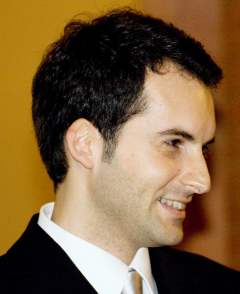 |
Prof. Alessandro Tasora (Università di Parma - Dipartimento di Ingegneria ed Architettura)Alessandro Tasora is an Associate Professor of Applied Mechanics at the Department of Engineering and Architecture of the University of Parma, Italy. Formerly assistant professor at the Department of Industrial Engineering, University of Parma, and research fellow at Politecnico di Milano, Italy. He is also Honorary Associate at the University of Wisconsin, Madison, US. His primary research interests fall in the fields of numerical methods for multibody system dynamics and robotics. His main achievement is Chrono, an open source library for the simulation of complex mechanical systems involving constraints, actuators, collisions, fluids and flexible parts (http://www.projectchrono.org). He is member of the ASME Technical Committee on multibody dynamics. He has been a member of organizing or scientific committees of four international conferences, director of the 1st italian summer school on multibody dynamics, coordinator of international and national research projects, member of NVIDIA Professor Partnership Program, and author of various international seminars at world-renowned research centers (NASA, Argonne National Labs, Fraunhofer Institute, etc.)Talk: Challenges and emerging applications in large scale multibody system dynamics The simulation of physical systems involving a large number of colliding objects represents an open research topic in non-smooth dynamics. Solving for unknown reaction forces between thousands of contacting objects is a major numerical bottleneck still nowadays: the state of the art methods consist in casting the problem as a measure differential inclusion that requires the solution of high-dimensional variational inequalities at each time step. We will discuss some recent classes of iterative solvers, their benefits and drawbacks, and we will show some possible improvements in this area. We will also discuss how to introduce flexible parts (beams, shells, solids) in a unified framework for non-smooth contact dynamics.Challenging applications will be presented, ranging from granular flows to massive robotics, collapses in masonry structures, watch design and machine-ground interaction. |
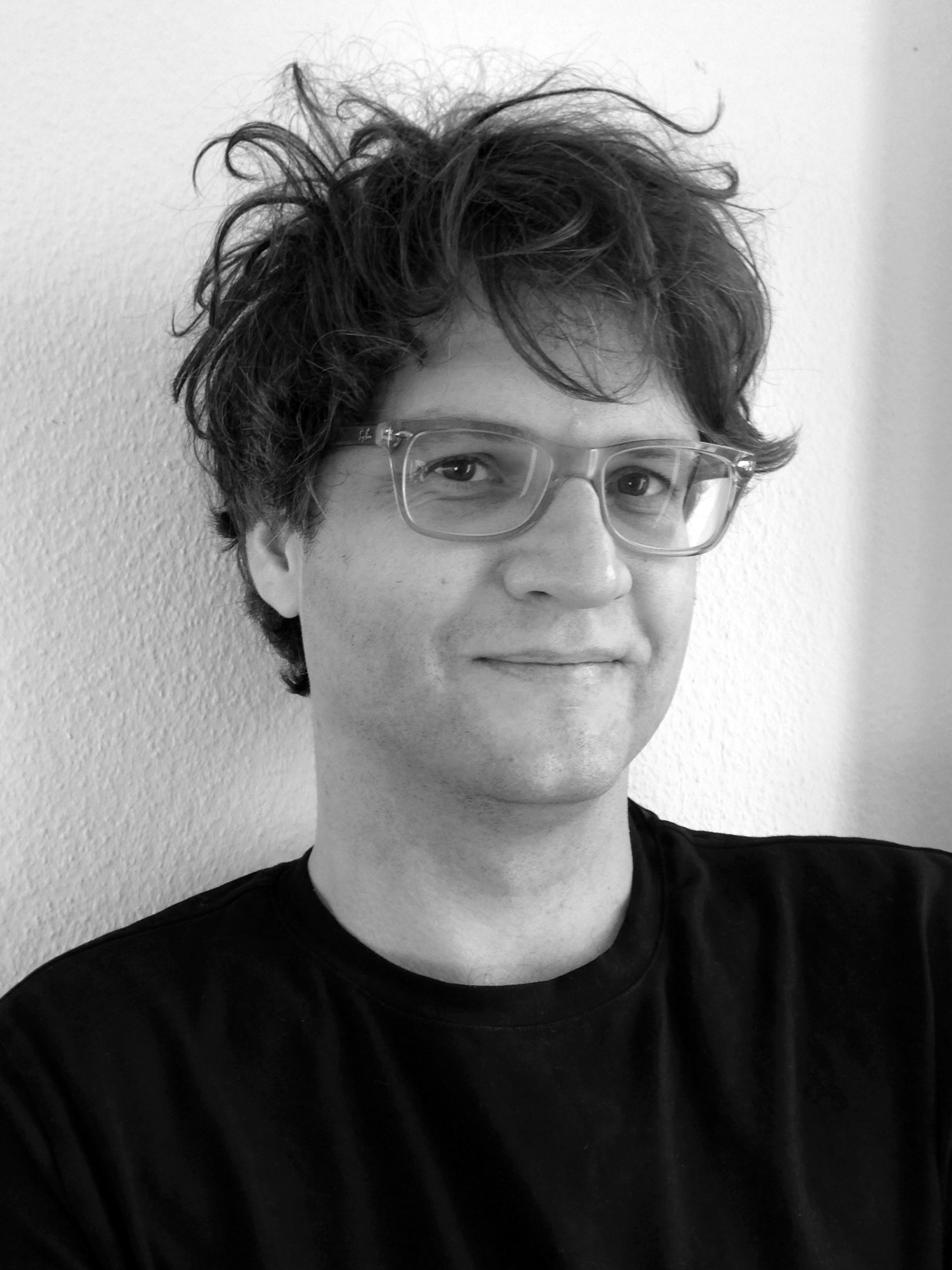 |
Moritz Bächer (Disney Research Zurich)Moritz Bächer is a Research Scientist at Disney Research where he leads the Computational Design and Manufacturing group. His research interests lie at the intersection of computer graphics and digital fabrication, spanning a wide range of computational aspects therein: computational and interactive design, physically-based and geometric modeling, and data-driven techniques. He applies his knowledge to tackle problems at the toy, animatronic, and architectural scale. Before joining Disney, he received a Ph.D. from the Harvard School of Engineering and Applied Sciences and graduated with a Masters from ETH Zurich. His work has recently been featured as research highlight in the Communications of the ACM.
Talk : Breathing Life into Physical Characters with Computation
Stimulated by advances in manufacturing, fabrication-oriented design has gained an increasing level of interest from the graphics community. With modern manufacturing technologies, we can build physical characters of nearly unbounded complexity by shifting the design burden to computational approaches.
In contrast to CG characters, physical characters have to obey the laws of physics, making their design a challenging task. In this talk, I will discuss several strategies that aid in navigating complex design spaces, identifying optimal values for discrete and continuous design parameters, and safeguarding against physically infeasible designs. I will illustrate how we can put these strategies into practice and breathe life into rigid, articulated, mechanical, or deformable characters and in the process shield the user from the complexity of the design task. |
Industrial keynotes:
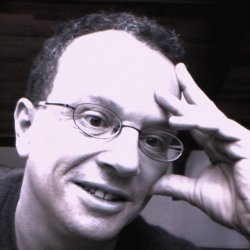 |
François Faure (Anatoscope)I graduated in Mechanical Engineering at École Normale Supérieure de Cachan in 1993. I obtained a PhD in Computer Graphics at Université Joseph Fourier (UJF, now Univ. Grenoble Alpes), Grenoble, in 1997. After a post-doc at Technical University of Vienna, I became an Assistant Professor in Computer Graphics at UJF in 1999, and a Full Professor in 2011. Talk : Computer Graphics from Entertainment to Personalized Healthcare Design Character design, animation and simulation has been intensively studied in Computer Graphics to populate video games and movies.
In this talk we show that applications of such techniques range far beyond entertainment, and can significantly impact healthcare design.
We discuss examples based on the work of Anatoscope, a start-up founded in 2015 founded by researchers in Computer Graphics and related domains, to model patients based on medical imaging and design personalized orthopedics.
|
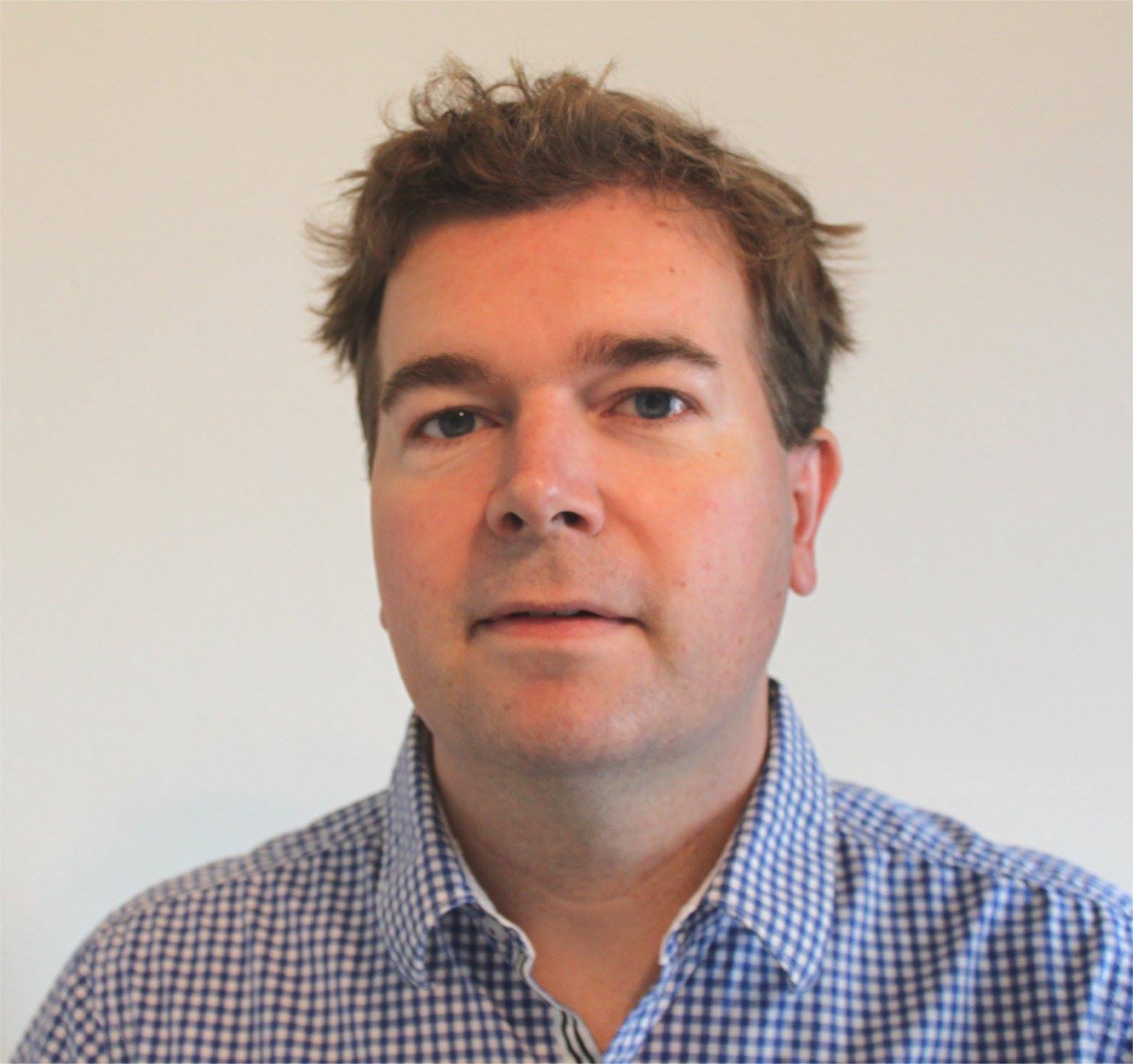 |
Erwin Coumans (Google Brain Team)Erwin Coumans is creator of the Bullet physics simulation engine and member of the Google Brain team, where he is responsible for real-time physics simulation research and development, with a focus on robotics and machine learning. After his study of Computer Science at Eindhoven University in the Netherlands, he has been involved in geometric collision detection and physics based simulation research for Guerrilla Games in the Netherlands, Havok in Ireland, Sony Computer Entertainment US R&D, Advanced Micro Devices and Google Robotics in California, USA. Erwin is a regular speaker at conferences related to Multibody Dynamics Simulation, Robotics, Visual Effects and Video Games and is co-author of the book Multithreading for Visual Effects. His work is integrated in various 3d modeling and simulation tools and is used by many professional visual effect studios, roboticists and game companies. Erwin received a Scientific and Technical Academy Award (Oscar) for the development of Bullet Physics in 2015.Talk : Bridging the Reality Gap in Robot Locomotion Using Deep Learning Deep Learning is making great progress in speech and image recognition, machine translation and there is potential beyond computing in areas such as art and music and robotics. This talk discusses our steps in the journey going from traditional model-based physics simulation, system identification and hand-engineered controls for robotic locomotion towards the use of deep learning. |
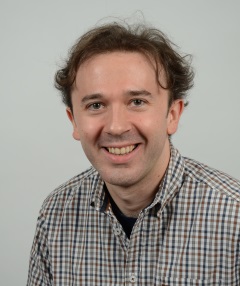 |
Xavier Merlhiot (and Martin Courchesne) (CEA)Research Scientist at CEA List.In 2002, I obtained the engineers degree from the Ecole Nationale des Ponts et Chaussées, France, and the Master degree in Numerical Analysis from the Pierre & Marie Curie University (UPMC, Paris 6). I immediately joined CEA List, where my works on the interactive simulation of multibody systems with intermittent contacts lead me to create the LMD++ collision detection method and the XDE Physics library, and later on, in 2009, to receive a PhD degree from UPMC. My research activities are focused on robust and efficient numerical methods for the simulation of multibody systems, especially time integration schemes for systems with nonsmooth contact laws and hard constraints, Lie group methods, collision detection algorithms and 3D beam models. In the past few years, I have worked on collision detection methods based on BRep representations, biomechanical models of the fingertip and on extensions to XDE Physics for marine applications. Talk : Industrial applications of interactive simulation: beyond operator training Many systems still have human operators commanding them, for example in the offshore installation domain where several operators must coordinate their actions to accomplish complex and risky tasks. The industrial stakes of interactive simulations of these systems, in the sense of having Humans In the Loop (HuIL), thus extend far beyond operator training, and especially cover risk assessment, operation planning and optimization, and mission rehearsal. For these applications, not only the environment, but also the actuators, sensors, control laws, and performance limits of the operated systems should be reproduced accurately. |


